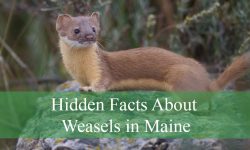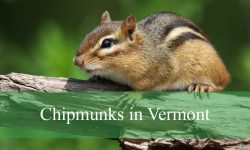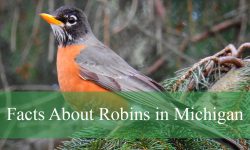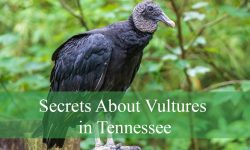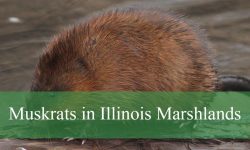Florida, the tropical land renowned for its rich biodiversity, is home to many unique bird species, among which the graceful white birds stand out the most. White Birds in Florida are not only symbols of tranquility and natural beauty but also an integral part of the ecosystem here.
From the gentle snowy egrets gliding over the water’s surface to the tall great white herons standing still amidst the marshes, each species brings its own story, contributing to the vibrant natural tapestry of Florida.
Different Types of White Birds in Florida
Rock Pigeons

Introduced to North America by European colonists in the 17th century, Rock Pigeons now thrive across the continent, particularly in urban areas where they feast on discarded food.
Recognizing the Rock Pigeon (Columba livia) is straightforward: its tubby body and short, dark bill distinguish it from other pigeons. While typically bluish-gray with black wing bars, white morphs sport entirely white plumage.
These adaptable birds, with their reddish legs, are a common sight in cities, scavenging for seeds and fruits. Keep an eye out next time you’re in town—you might just spot one of these snowy-hued pigeons amidst the bustling streets and squares.
Snow Geese
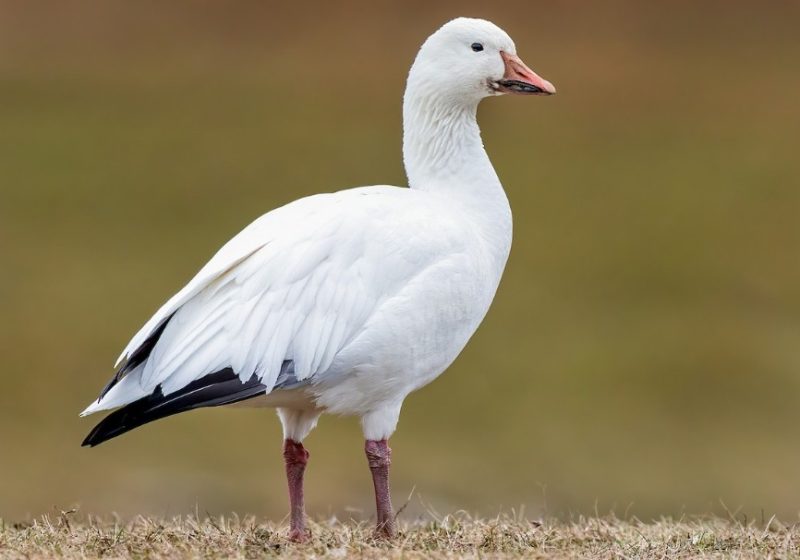
Snow Geese come in two distinct color morphs: blue and white, with the latter being more prevalent and commonly seen. However, spotting them in Florida is still a rarity.
Identifying the Snow Goose (Anser caerulescens) is relatively straightforward: look for a medium-sized bird with a white body, a long neck, and black wingtips visible during flight. Adults sport a distinctive pink bill with a black patch, along with pink legs.
While primarily found in marshes and agricultural fields, these geese migrate in large flocks, making for an impressive sight in the sky. Keep an eye out for them during their winter migration—you might just catch a glimpse of these elegant white birds.
Ross’s Goose
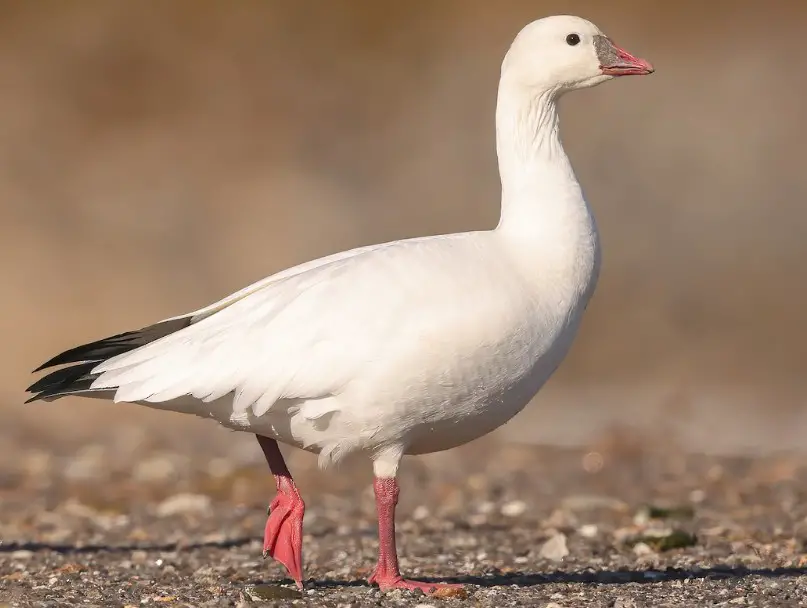
Ross’s Goose, much like the Snow Goose, exhibits blue and white color morphs. While the blue form is rare, the white morph is relatively common.
Identifying the Ross’s Goose (Anser rossii) is straightforward: look for a smaller goose with an all-white plumage, black wingtips, and a short triangular reddish bill. Unlike the Snow Goose, Ross’s Goose has a shorter neck and a distinctly shorter, triangular bill.
These geese prefer lakes, marshes, and ponds during migration and winter, often mingling with Snow Geese. Keep an eye out for them in flocks—you might catch a glimpse of these smaller, white-bodied birds among their larger counterparts.
Ring-billed Gull
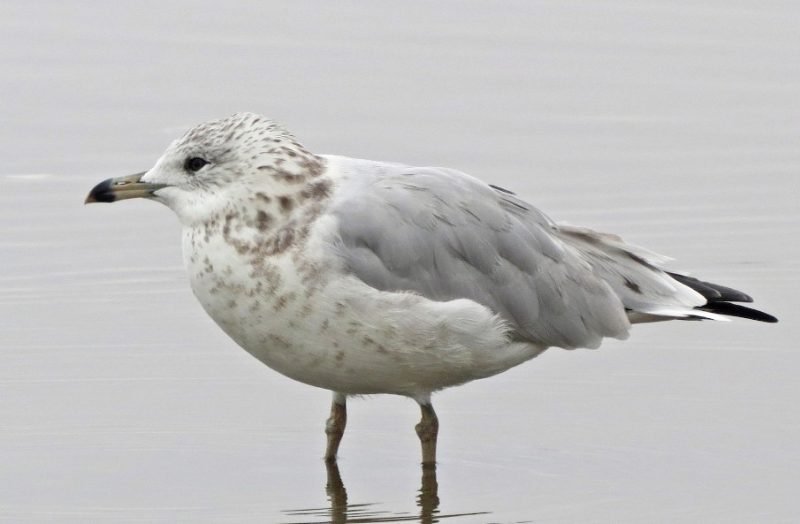
The Ring-billed Gull (Larus delawarensis), ubiquitous across North America, is a familiar sight even in urban areas.
Identifying these gulls is straightforward: look for the distinctive black band on their yellow bills. Breeding adults boast pure white heads, while nonbreeders exhibit brown streaks atop their white heads. Their bodies are mostly white, with gray backs and black wing tips adorned with white spots.
During flight, their deep wing beats and soaring patterns are characteristic. They frequent lakes, rivers, beaches, and even parking lots in search of food, which includes small fish, insects, and grains.
Keep an eye out for these gulls, especially during the winter months in Florida.
Herring Gull
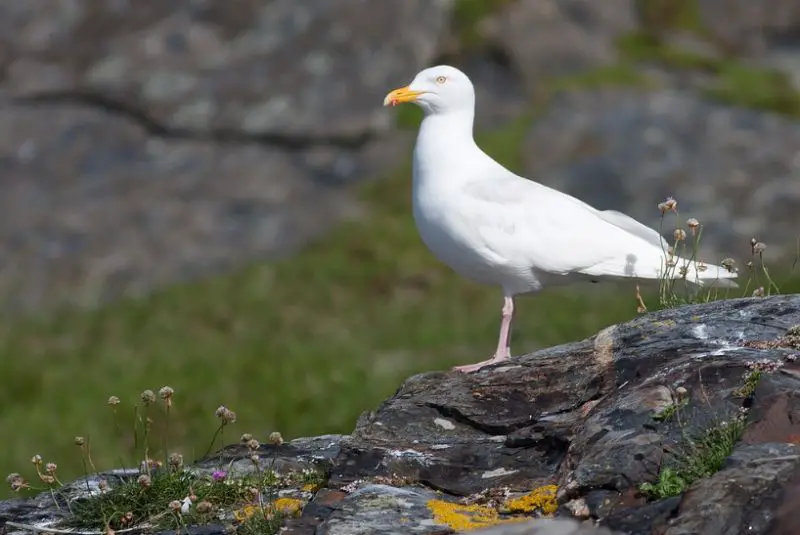
The Herring Gull (Larus argentatus), often called a ‘Seagull’, is a large bird commonly found along coastlines.
Identifying them is easy: look for the large yellow bill with a distinctive red spot. Breeding adults have white heads, while nonbreeders display brown streaks on their heads and necks. Their bodies are mostly white, with gray backs and black wing tips adorned with white spots.
During flight, they exhibit slow, steady wing beats and frequent gliding. Their diet includes small fish, crustaceans, and scavenged food.
You can spot them year-round in Florida, especially near coastal areas and water bodies. Keep an eye out for their distinctive bill markings.
Royal Tern
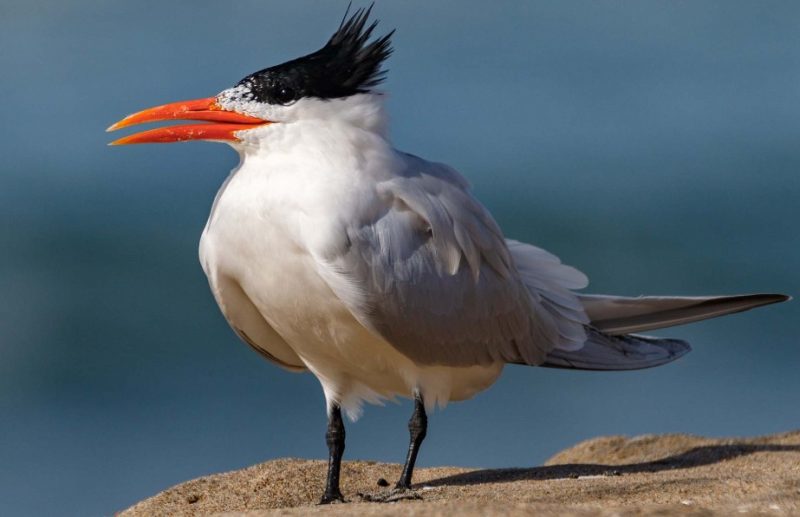
The Royal Tern (Thalasseus Maximus) is a large tern, slightly smaller than the Caspian Tern, often seen along coastal beaches.
To identify them quickly, note their light gray back, white underparts, and black crown during the summer, switching to a white forehead for the rest of the year. Their bill color varies from orange to red, with a thinner bill compared to the Caspian Tern.
In flight, they display shallow, powerful wing beats and can be spotted year-round in Florida, especially near coastal areas.
Be cautious not to confuse them with the Caspian Tern, which lacks the white forehead, or the Elegant Tern, which has a thinner, curved bill and doesn’t inhabit Florida.
Forster’s Tern
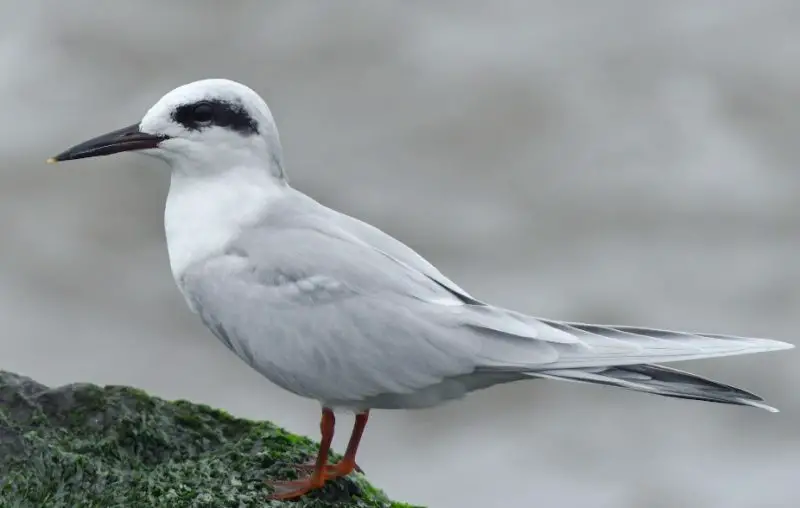
Forster’s Terns (Sterna forsteri), often spotted year-round in Florida, are medium-sized terns distinguished by their pale white feathers and long tail.
To identify them quickly, note their black caps and napes in breeding adults, or a black ear patch in non-breeding adults. Their bill, orange-red with a dark tip during breeding, turns entirely black in non-breeding season.
In flight, they exhibit shallow, rapid wing beats while hunting insects and small fish over bays and lakes. Nesting in shallow water marshes, they’re typically found in small colonies and are more prevalent in Florida during winter.
Beware not to mistake them for the Common Tern or Arctic Tern, which both have red bills but differing features.
Least Tern
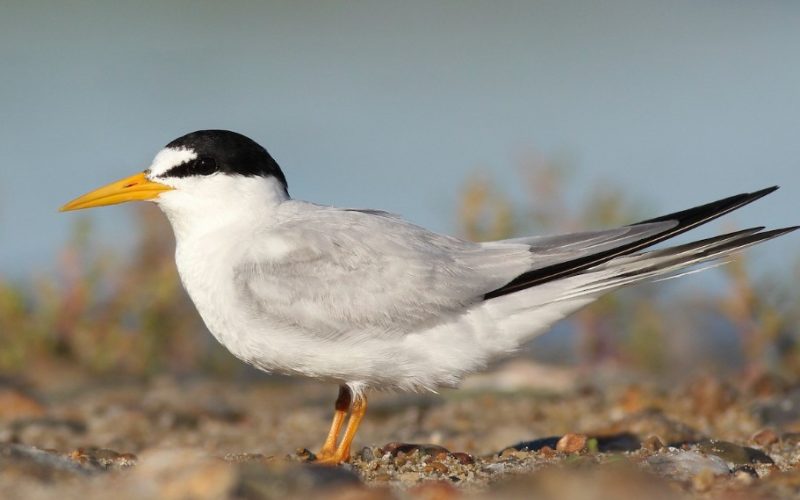
The Least Tern (Sternula antillarum), North America’s tiniest tern, once endangered due to feather hunting, now flourishes thanks to conservation efforts.
To swiftly identify them, note their petite size, black-capped breeding adults with white foreheads, or non-breeding adults with dark shoulder bars.
Their bill, yellow in breeding season and dark otherwise, and yellow legs aid in recognition. In flight, observe their rapid wing beats and forked tail, distinctive features of this species. They frequent coastal areas, major rivers, and wetlands, diving or skimming water surfaces for insects and fish.
In Florida, they thrive along the coast, particularly during the summer. Differentiating them from Common Terns or Forster’s Terns involves noting size and bill color variations.
Sandwich Tern
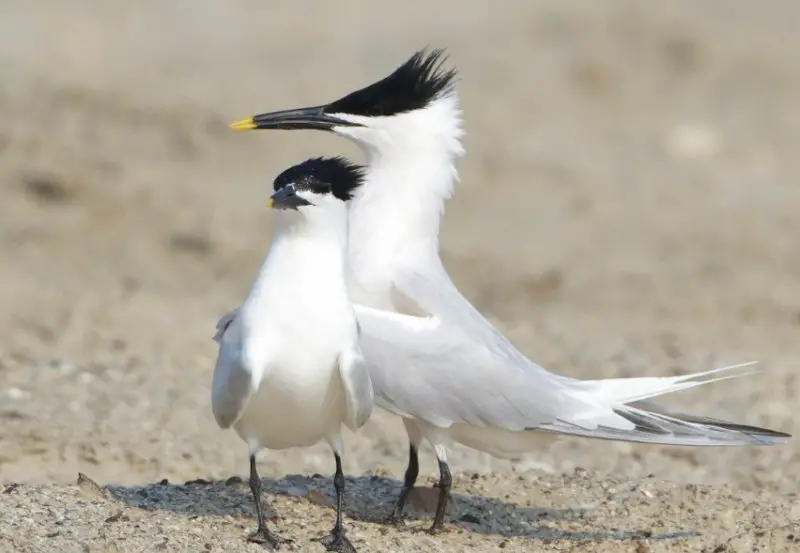
The Sandwich Tern (Thalasseus sandvicensis) is a medium-sized white-and-gray bird frequently seen on beaches, often among other tern species. Named after the town of Sandwich in Kent, England, it is identifiable by its black bill with a pale yellow tip and black legs. Breeding adults have black caps and shaggy crests, while non-breeding adults have white foreheads and lack the shaggy crest.
Immature birds display dark wing spots and pale foreheads. With a wingspan of 37 to 40 inches, it flies with shallow, quick wing beats and primarily feeds on aquatic insects and small fish. In Florida, it is present year-round, especially along the coastline.
Caspian Tern
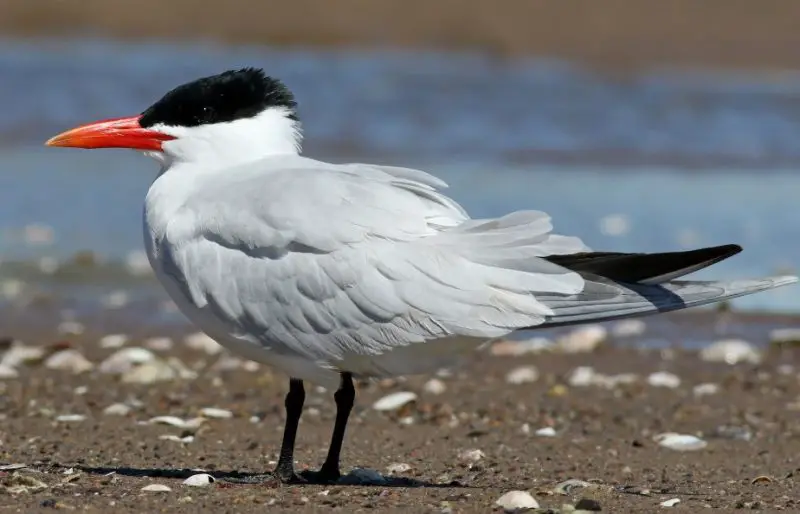
The Caspian Tern (Hydroprogne caspia) is the largest tern in the world, known for its aggressive behavior, including stealing prey from other seabirds and hunting chicks and eggs of gulls and terns. It is present across the US, though sightings are relatively uncommon. In Florida, it is seen year-round with higher occurrences in winter.
This mostly white bird is distinguishable by its large size, red strong bill with a dark mark near the tip, and black legs. Breeding adults have slightly crested black caps, while non-breeding adults have streaked dark crowns. Its flight is strong with powerful wing beats, and it feeds on fish, crabs, and barnacles.
Typical habitats include coastal areas, inland lakes, and rivers. The Caspian Tern is similar to the Royal Tern, but the latter has a shaggy crested black cap in breeding and a white forehead in non-breeding seasons.
Bufflehead
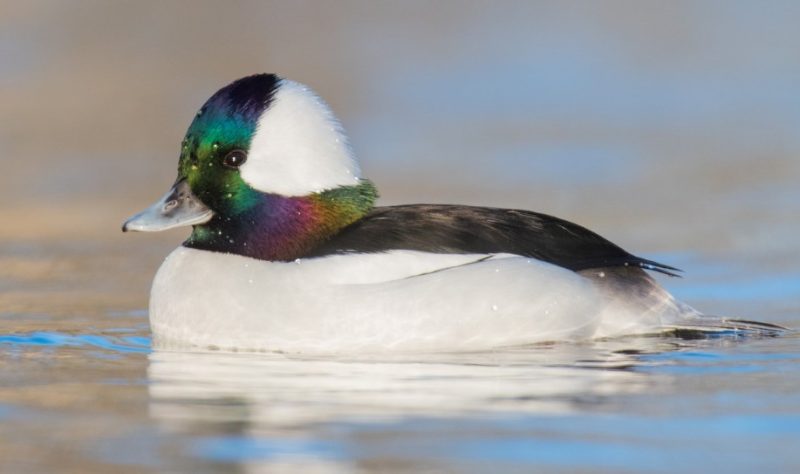
The Bufflehead (Bucephala albeola) is North America’s smallest diving duck, recognized for its predominantly white male plumage. Males are easily identified by a large white patch on the back of their heads, contrasting with iridescent green and purple gloss on the front parts of their heads and necks.
They have small gray bills and pinkish-orange legs. Females and juveniles are mostly gray-brown with a white cheek patch. Buffleheads are compact, with males having a unique appearance that is mostly white in flight. They feed on arthropods in freshwater and small crustaceans in saltwater.
Typically found in small lakes, ponds, and coastal bays, Buffleheads nest near water and can be seen year-round in Florida, especially in winter. The Hooded Merganser is a similar species but differs by having a white cheek patch and overall brown coloration in breeding males.
Masked Booby
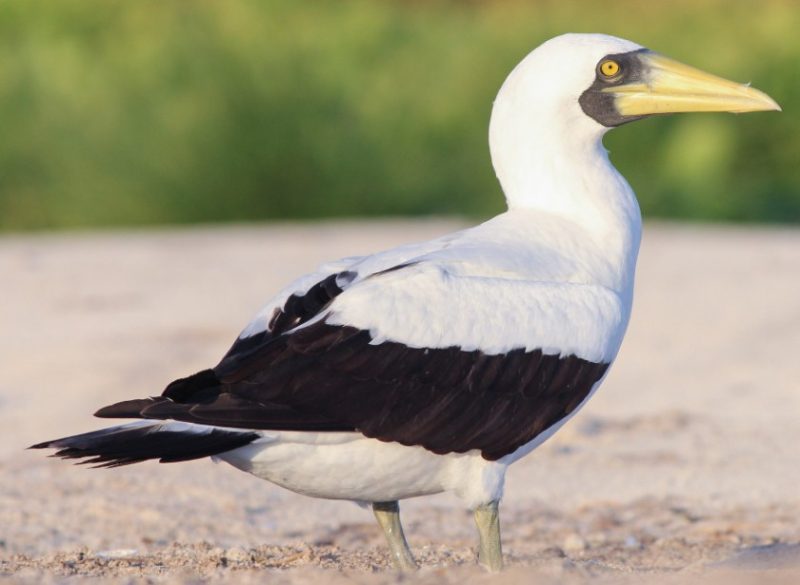
The Masked Booby (Sula dactylatra) is the largest booby seen in North America, primarily inhabiting tropical oceans and is less common in Florida. This large seabird is mostly white, with black outer wings, a black tail, and a blackish mask at the base of its yellow stout bill. They have yellow eyes and a wingspan of about 5.25 feet. Juveniles are brownish with dark heads, necks, and backs, and white bellies.
Masked Boobies feed mainly on fish and squid. They forage with other seabirds in open tropical oceans and breed on coral sand beaches in southern Florida Keys. Similar species include the Red-footed Booby, which has bright red feet, and the Northern Gannet, which has a cream-colored head.
White-Tailed Kite

The White-Tailed Kite (Elanus leucurus) is a predominantly white bird, particularly striking in flight. Previously known as the “Black-shouldered Kite,” this bird has a falcon-like shape with a white head, neck, tail, and underparts, contrasting with gray wings and back.
Distinctive black shoulders and dark wrist marks are notable features, along with the adults’ orange eyes. They have a sharp black bill and measure 13 to 15 inches in length with a wingspan of 39 to 42 inches.
Juveniles display brownish-red marks on the neck and breast with pale eyes. White-Tailed Kites fly with shallow, fast wing beats mixed with glides and primarily hunt rodents, lizards, birds, and insects. They inhabit open grasslands and agricultural fields but are a rare sight in Florida.
Great Egrets
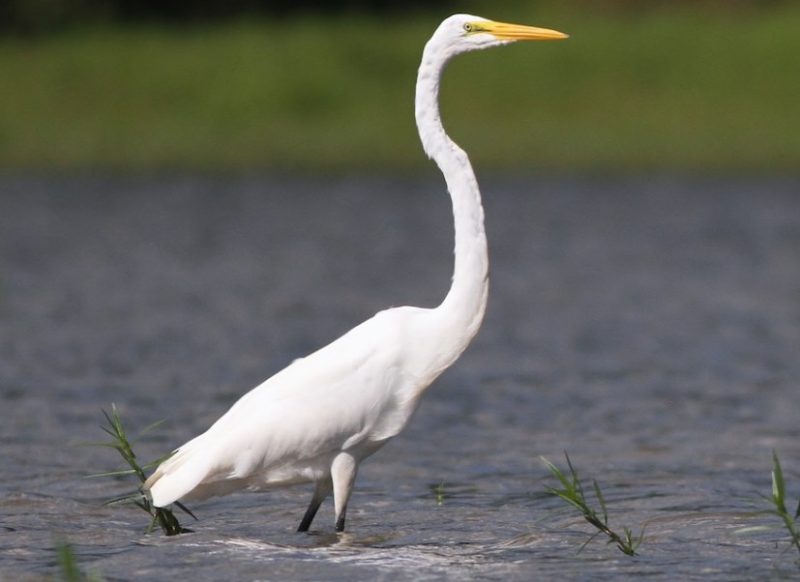
Great Egrets (Ardea alba) are widespread and found on every continent except Antarctica. Common in North America, especially Florida, they are often seen wading in shallow waters or standing in fields hunting for prey. Recognizable by their tall, thin, all-white bodies, they have S-shaped necks, black legs, and long, pointed yellow bills.
During breeding season, they grow plumes near their tails. They have a wingspan of about 6 feet and a length of 39 inches. Great Egrets forage in shallow ponds, lakes, and wetlands, feeding on small fish and aquatic insects. They are non-migratory or partially migratory, with a secure conservation status of least concern.
Snowy Egrets
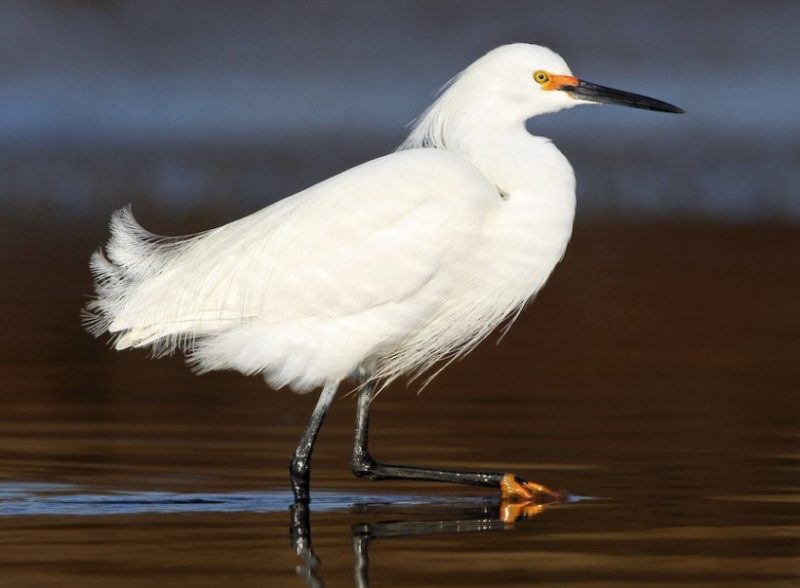
Snowy Egrets (Egretta thula) were nearly hunted to extinction in the late 1800s for their feathers but are now common across the United States. They inhabit estuarine and freshwater environments, often seen mixing with other egrets. In Florida, they are present year-round. These small, all-white birds have S-shaped necks, black legs, and black bills with yellow patches at the base.
During the breeding season, their feet and the base of their bill turn orange-red, and they develop long, lacy plumes. They feed on aquatic insects, small fish, amphibians, and snakes using dynamic hunting techniques.
Cattle Egrets
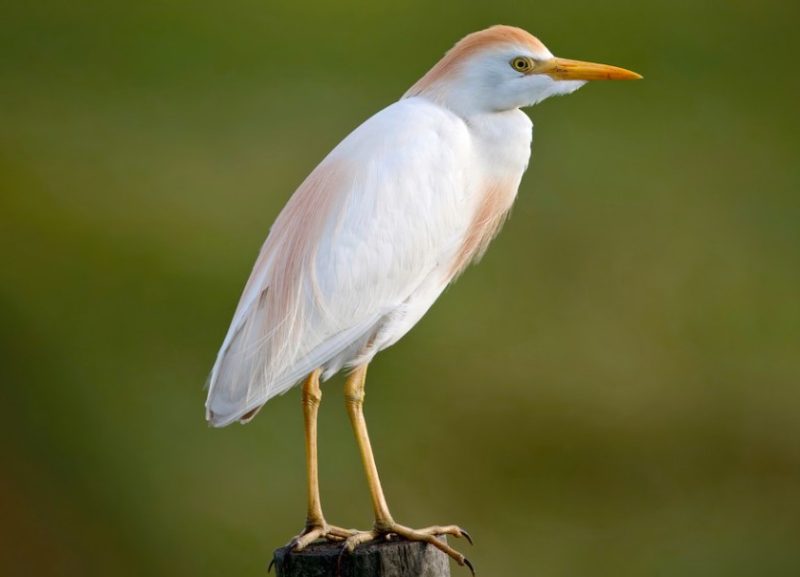
Cattle Egrets (Bubulcus ibis) originated in Africa and reached South America around 1800. First seen in Florida in 1941, they are now present in over 40 U.S. states. Common in Florida, they are often seen wading in shallow waters or walking through fields and pastures, following grazing animals to feed on insects.
They are small, all-white birds with comparatively shorter necks and legs. In breeding season, adults have orange-buff feathers on their crowns, chests, and backs. They feed on insects, spiders, and frogs, and are typically found in dry habitats, often near livestock.
White Ibis
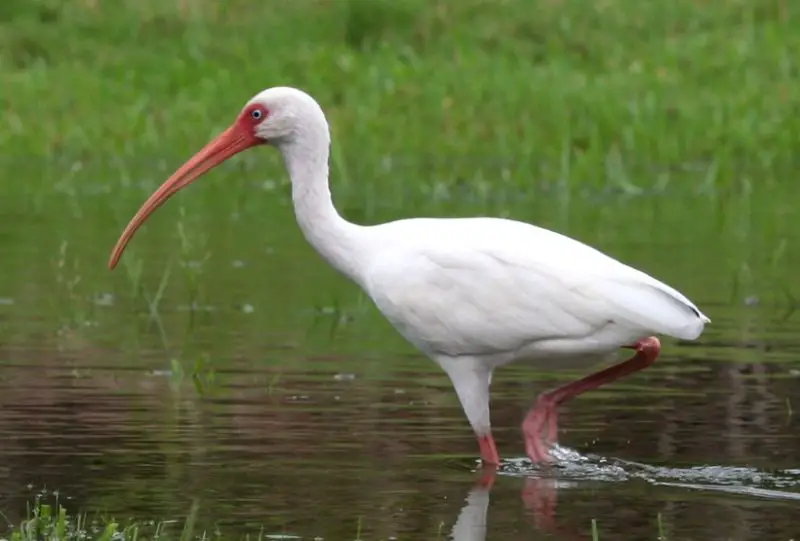
White Ibis (Eudocimus albus) is a distinctive bird with a long, curved beak and white plumage. Common in Florida and the southern U.S., they are often seen wading in shallow waters or feeding in fields and marshes, frequently near humans. They are characterized by their all-white bodies with black wingtips, visible only in flight, and red facial skin. Their diet includes aquatic insects, crustaceans, fish, and frogs.
Adults have red facial skin and immatures are half brown and half white. Females are smaller with less curved bills. They fly with rapid wing beats alternating with glides and are often seen in groups. White Ibis can be found year-round in Florida, nesting in large colonies and frequenting shallow wetlands and saltmarshes.
Juvenile Little Blue Heron
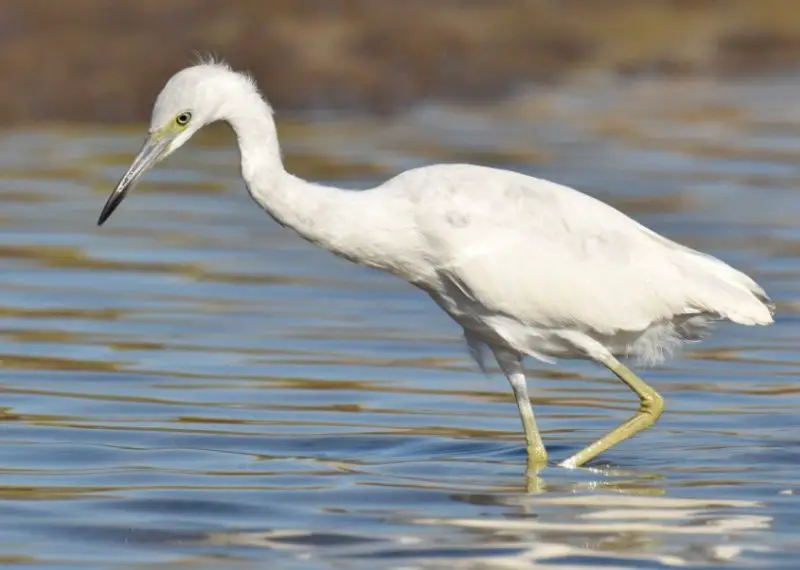
Juvenile Little Blue Herons (Egretta caerulea) have all-white plumage, unlike their grayish-blue adult counterparts. Common in Florida, they are often mistaken for Snowy Egrets. Juvenile Little Blue Herons can be found in shallow wetlands and are distinguishable by their pale greenish legs and black-tipped bills. As they mature, their plumage transitions to gray-blue. They feed on crayfish, crabs, small fish, insects, and amphibians.
They are seen year-round in Florida, particularly in shallow marshes, lagoons, and wetlands, often mixing with other wading birds.
Wood Stork
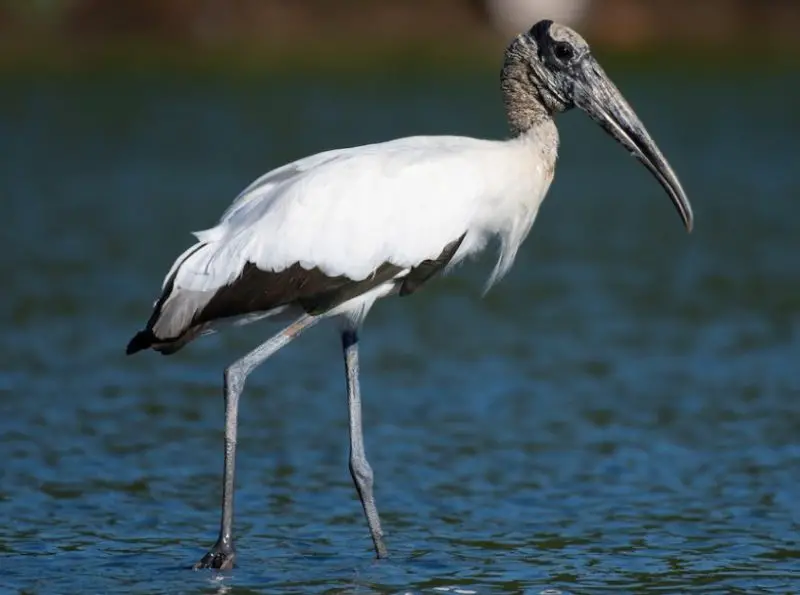
Wood Stork (Mycteria americana) is a large, distinctive wading bird and the only stork that breeds in North America. It has a unique appearance, making it easily recognizable. Common in Florida, Wood Storks are seen year-round, with higher visibility in winter.
Adult Wood Storks have a scaly, featherless upper neck and head. Juveniles have thin grayish feathers on their heads and pale yellow bills. They forage in coastal areas, swamps, marshes, and freshwater forests, feeding on fish, crabs, and insects. In flight, they use thermals to gain height and glide. They breed from Florida to North Carolina, with year-round presence in Florida.
American White Pelican
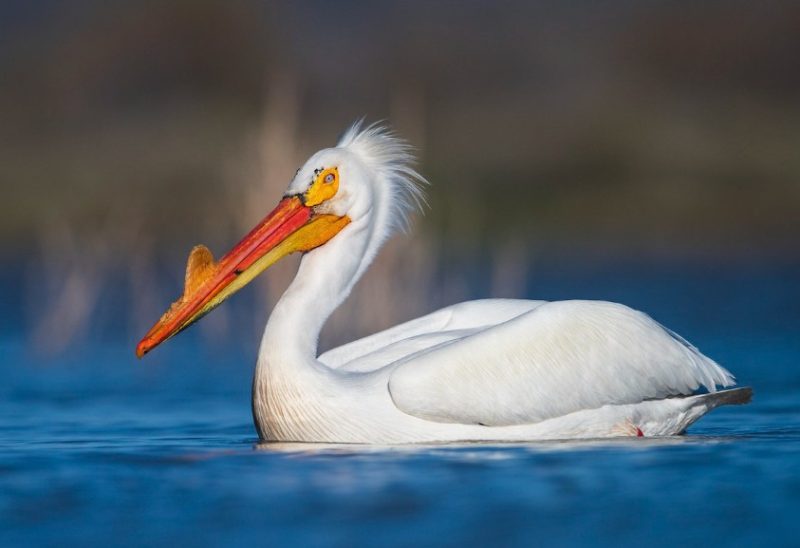
The American White Pelican (Pelecanus erythrorhynchos), a common sight in Florida, stands out with its massive size and vibrant yellow-to-orange bill. During breeding season, this bill transforms into a bright orange hue. With a wingspan reaching up to 9.5 feet, they soar gracefully in flocks, often seen gliding over lakes and reservoirs.
These pelicans mainly feast on small fish and amphibians, dipping their bills simultaneously into the water to catch prey. While they spend winters along coastal regions from California to Central America, Florida offers prime viewing opportunities from November to February. Distinguishing them from Brown Pelicans and Wood Storks is their distinct bill coloration.
Whooping Crane
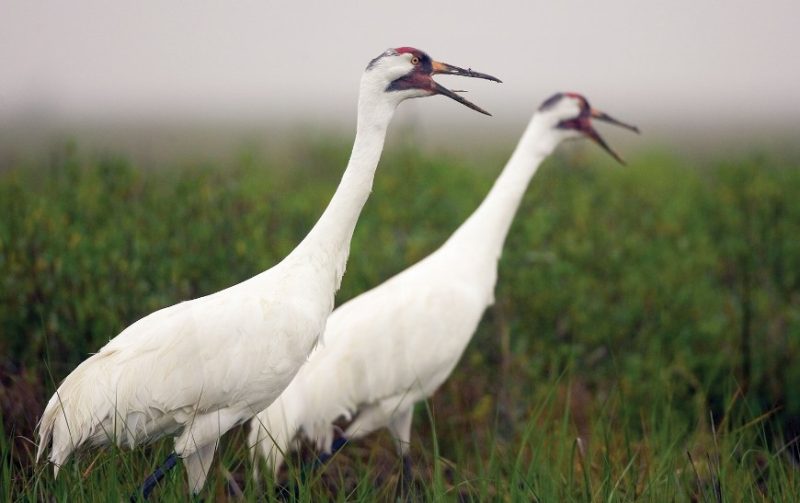
Whooping Cranes (Grus americana), the rarest among crane species worldwide, are native to North America. Once on the brink of extinction with only a few dozen individuals, targeted conservation efforts have boosted their population to several hundred. Despite this, sightings in Florida remain uncommon.
These majestic birds are identified by their tall, pure white bodies and long, dark bills. A distinctive dark red mask behind the bill sets them apart. They prefer marshy habitats and migrate from breeding grounds in Canada to winter in coastal Texas. Juveniles lack the red facial patch and are stained with golden brown.
White-tailed Tropicbird
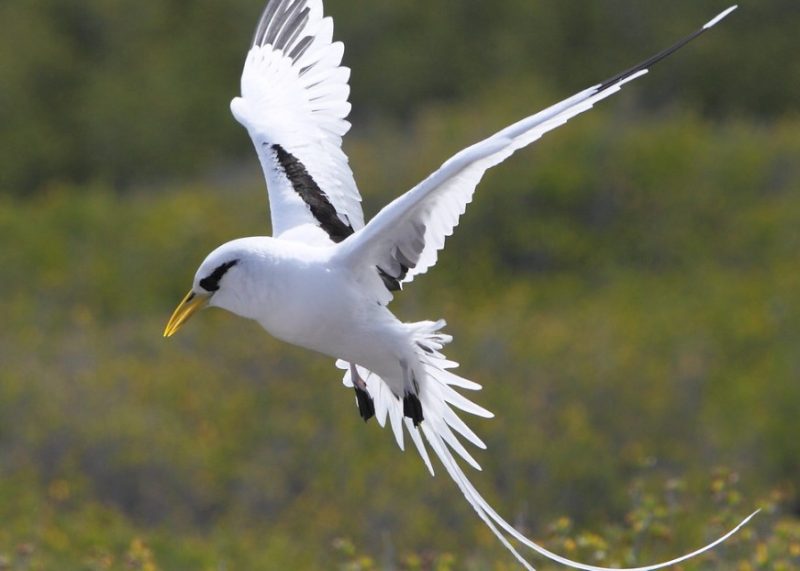
The White-tailed Tropicbird (Phaethon lepturus), the smallest of its kind, graces the skies with elegance, often soaring at great heights. Its predominantly white body is adorned with striking black markings on the wings and a distinctive stripe through the eyes.
During flight, its long, delicate tail streamers are a telltale sign of its presence. Sporting an orange to yellow bill, this seabird navigates the tropical oceans with agility, feeding on flying fish and surface prey.
Found mainly on oceanic islands, these birds nest on rocky cliffs for safety. While rare in Florida, coastal sightings offer a glimpse into the beauty of this graceful avian species.
Red-billed Tropicbird
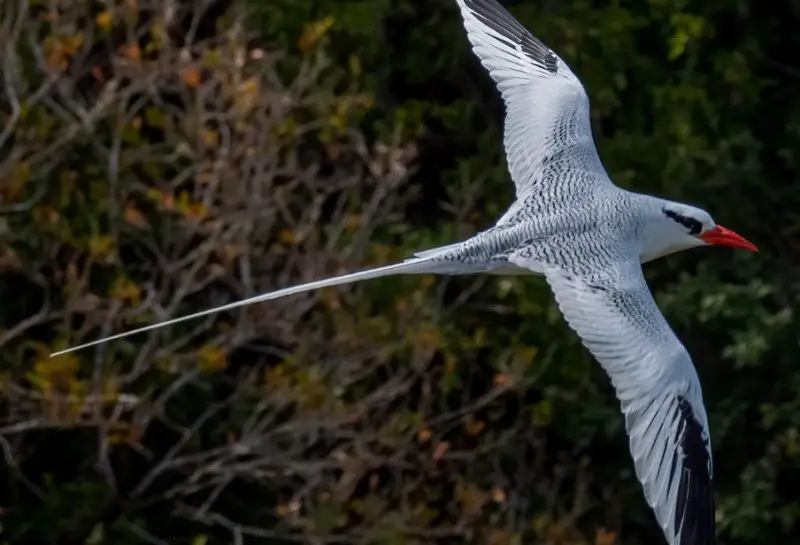
The Red-billed Tropicbird (Phaethon aethereus), a denizen of the seas, rarely graces the shores of Florida. With its white body adorned by black barring on the wings and distinctive red, slightly curved bill, it stands out even amidst the ocean’s vast expanse. Similar to its counterpart, the White-tailed Tropicbird, it boasts long white tail streamers and black eye lining.
However, the Red-billed species is distinguished by its barred black and white back. While immatures sport yellowish bills and lack the long tail streamers, adults showcase these defining features, making them a rare and captivating sight for fortunate observers along the gulf stream off Florida’s east coast.
Great Blue Heron
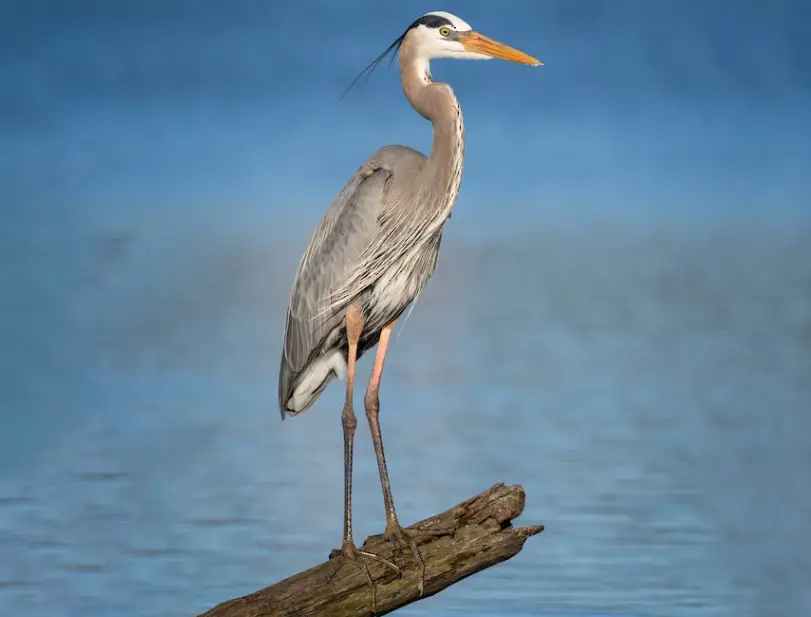
The Great Blue Heron (Ardea herodias), renowned for its size, also has a striking white morph, often referred to as the Great White Heron. Though occasionally treated as a separate species, it shares the same conservation status as its blue counterpart.
Identifying the Great Blue Heron is straightforward: its entire plumage is white, accentuated by a robust, yellow bill and grayish-yellow legs. Notably larger than the Great Egret, it commands attention in wetland habitats across southern and central Florida.
While often solitary, these majestic birds may gather in flocks when food is abundant, offering fortunate observers a captivating sight amidst the marshes and swamps.


